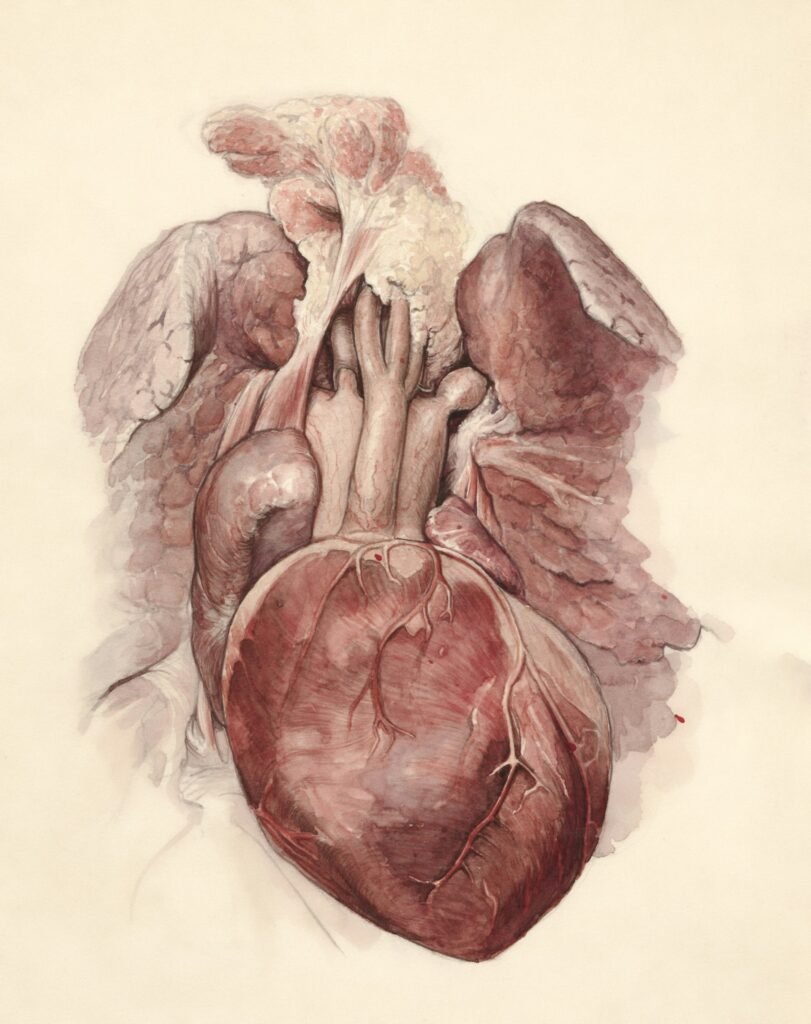Heart attacks, also known as myocardial infarctions, are serious medical emergencies that occur when blood flow to the heart is blocked, leading to damage or death of heart muscle tissue. Understanding the signs, causes, and prevention of heart attacks is crucial for maintaining heart health and preventing life-threatening incidents.
Introduction to Heart Attacks
A heart attack occurs when the flow of oxygen-rich blood to a section of the heart muscle is blocked. This blockage is typically caused by a buildup of plaque in the coronary arteries, which supply the heart with blood. When the plaque ruptures, a blood clot can form and block the artery, cutting off blood flow to the heart.
Types of Heart Attacks
There are two main types of heart attacks: ST-elevation myocardial infarction (STEMI) and non-ST elevation myocardial infarction (NSTEMI). STEMI involves a complete blockage of a coronary artery, while NSTEMI involves a partial blockage. Some heart attacks, known as silent heart attacks, may have minimal or unrecognized symptoms, making them harder to detect.
Causes and Risk Factors
Several factors contribute to the risk of having a heart attack. These include high blood pressure, high cholesterol levels, smoking, diabetes, obesity, and a sedentary lifestyle. Family history and genetic predispositions also play a significant role in determining susceptibility to heart attacks.
Symptoms of a Heart Attack
Recognizing the symptoms of a heart attack is crucial for seeking prompt medical attention. Common symptoms include chest pain or discomfort, shortness of breath, nausea, lightheadedness, and pain or discomfort in the jaw, neck, or back. Women and older adults may experience atypical symptoms such as fatigue, indigestion, or upper abdominal discomfort.
Diagnosis and Testing
Diagnosing a heart attack often involves an electrocardiogram (ECG), which detects abnormal electrical activity in the heart, and blood tests to measure cardiac enzymes released during a heart attack. Additional tests may include echocardiograms and cardiac catheterization to assess the extent of damage to the heart.
Treatment Options
Immediate treatment for a heart attack aims to restore blood flow to the heart muscle. This may involve medications to dissolve blood clots, angioplasty and stenting to open blocked arteries, or coronary artery bypass surgery in severe cases. Long-term management focuses on lifestyle changes, such as adopting a heart-healthy diet, quitting smoking, and participating in regular exercise programs.
Recovery and Rehabilitation
After a heart attack, cardiac rehabilitation plays a crucial role in recovery. This structured program includes exercise training, education on heart-healthy living, and psychological support to help patients regain physical strength and confidence. Emotional well-being and stress management are also integral parts of the recovery process.
Prevention Strategies
Preventing heart attacks involves managing risk factors through lifestyle modifications and, if necessary, medications. Key preventive measures include maintaining a healthy weight, controlling blood pressure and cholesterol levels, managing stress, and avoiding smoking. Regular medical check-ups and screenings can help identify and address risk factors early.
Conclusion
Understanding the complexities of heart attacks and taking proactive steps to reduce risk factors are essential for maintaining heart health. By recognizing symptoms early, adopting a heart-healthy lifestyle, and seeking medical advice promptly, individuals can significantly reduce their chances of experiencing a heart attack.

